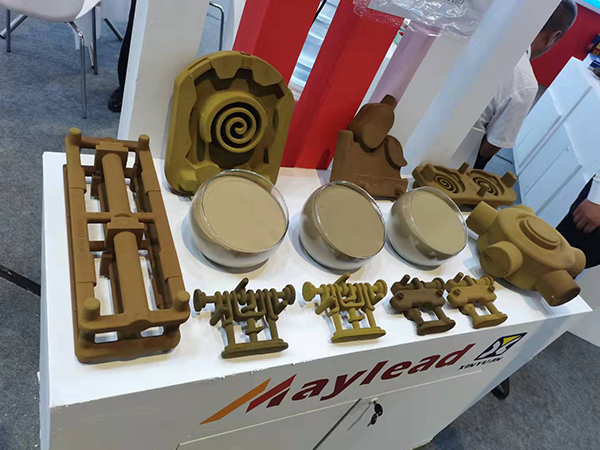Can You Sand a 3D Print?
3D printing has revolutionized the manufacturing industry, allowing for unprecedented levels of design freedom and rapid prototyping. However, one question that often arises among hobbyists and professionals alike is Can you sand a 3D print? The answer is not only a resounding yes, but sanding can also dramatically enhance the aesthetics and functionality of your printed objects.
Can You Sand a 3D Print?
When embarking on the sanding process, it's important to consider the type of filament used for printing. Common materials such as PLA and ABS respond differently to sanding. PLA, for instance, is relatively easy to sand due to its softer nature. It often requires finer grit sandpaper to achieve a smooth finish without damaging the part. On the other hand, ABS is more durable and may need more aggressive sanding with coarser grits before finishing with finer ones.
can you sand a 3d print

The sanding process typically begins with a coarse grit, usually around 100 to 200 grit, to remove substantial imperfections and layer lines. It's advisable to sand lightly and evenly to avoid creating dips or flat spots. Once the majority of the rough edges are smoothed out, you can progress to finer grit sandpapers, increasing to 400 grit and even beyond, depending on the desired finish. This method ensures a gradual transition from rough to smooth, allowing for a more uniform surface.
Another crucial aspect of sanding 3D prints is dust management. Sanding produces fine particles that can be harmful if inhaled, so it's essential to wear a mask and work in a well-ventilated area. Additionally, using a small vacuum or brush to clean the area frequently can help maintain a safe workspace.
After sanding, you might consider additional post-processing techniques such as priming and painting. A smooth surface provides an excellent base for paint adhesion, allowing for vibrant colors and finishes. Some enthusiasts even recommend using fillers or epoxy to fill in gaps or holes before sanding for an even smoother result.
In conclusion, sanding a 3D print is not only possible but also a valuable step in achieving high-quality finishes. By carefully selecting the right tools and techniques, anyone can enhance the look and feel of their 3D printed objects, transforming them from simple prototypes into stunning works of art. So, the next time you print a new creation, don’t hesitate to grab that sandpaper and bring your design to the next level!
Post time:Sep . 18, 2024 00:02
Next:Industriesandguss
